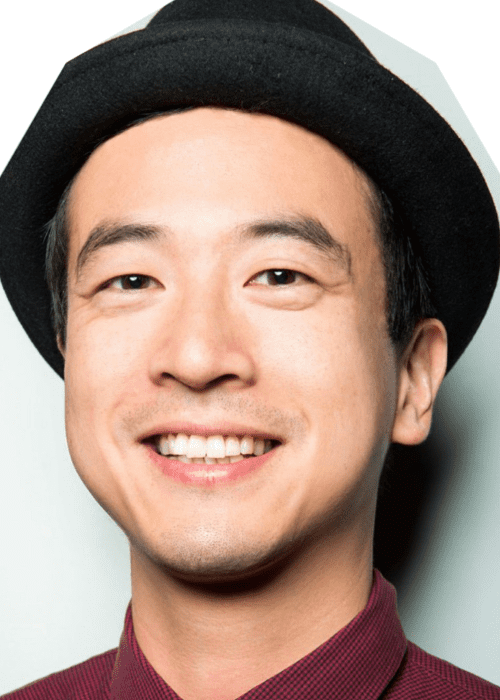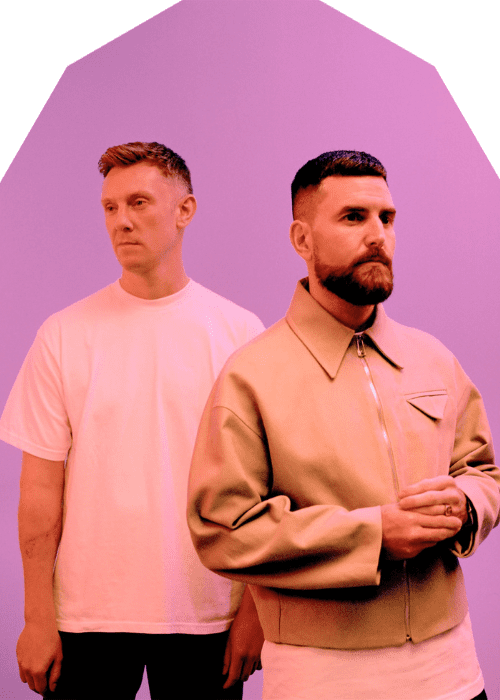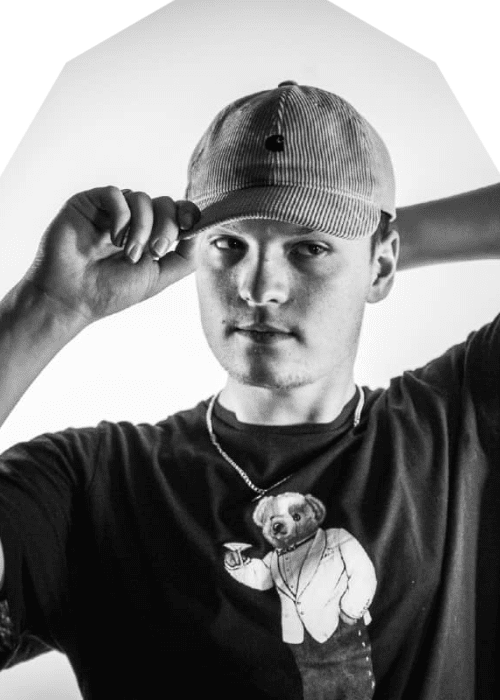
How Lawrence Lui Transforms Brian Eno’s Ambient Art with Fractals
There’s a fine line between homage and transformation. Lawrence Lui doesn’t just walk it—he blurs it completely with his gripping new take on Brian Eno’s “Fractal Zoom.” Released to honor Eno’s 77th birthday and mark AAPI Heritage Month, Lui’s rework of the 1992 track from Nerve Net is a study in controlled chaos—ambient music that refuses to sit still.
Where Eno’s original bristled with jittery industrial rhythms and fractured vocals, Lui leans into a darker, more textured aesthetic. The bones of the track are still recognizable, but they’re cloaked in eerie grain and echo, hovering somewhere between meditative and menacing. The production is full of space, yet suffocating in mood—a duality that feels intentional and unsettling.
What makes Lui’s version stand out is how deeply personal it feels. He isn’t just nodding to Eno’s innovations; he’s twisting them through his own lens. You can hear traces of Japanese ambient pioneer Hiroshi Yoshimura in the crystalline precision, while the shadow of Burial lingers in the washed-out melancholy. This isn’t pastiche—it’s evolution.
Even the cover art, designed by Lui’s teenage son, adds another layer of narrative: a cross-generational reinterpretation of ambient legacy, with a visual wink to Factory Records’ postmodern minimalism. It’s subtle, but effective—a reminder that experimental music doesn’t have to be detached or sterile. It can be intimate, familial, alive.
More than just a cover, “Fractal Zoom” feels like a manifesto for Lui’s upcoming album. It challenges the comfort that often seeps into ambient music, offering something more jagged, more human. This is ambient not as background, but as confrontation—as presence.
Lui’s “Fractal Zoom” doesn’t aim to mimic Eno—it stares his work down and refracts it into something eerily new. The result is a stunning reinterpretation that lingers long after the final drone fades.



